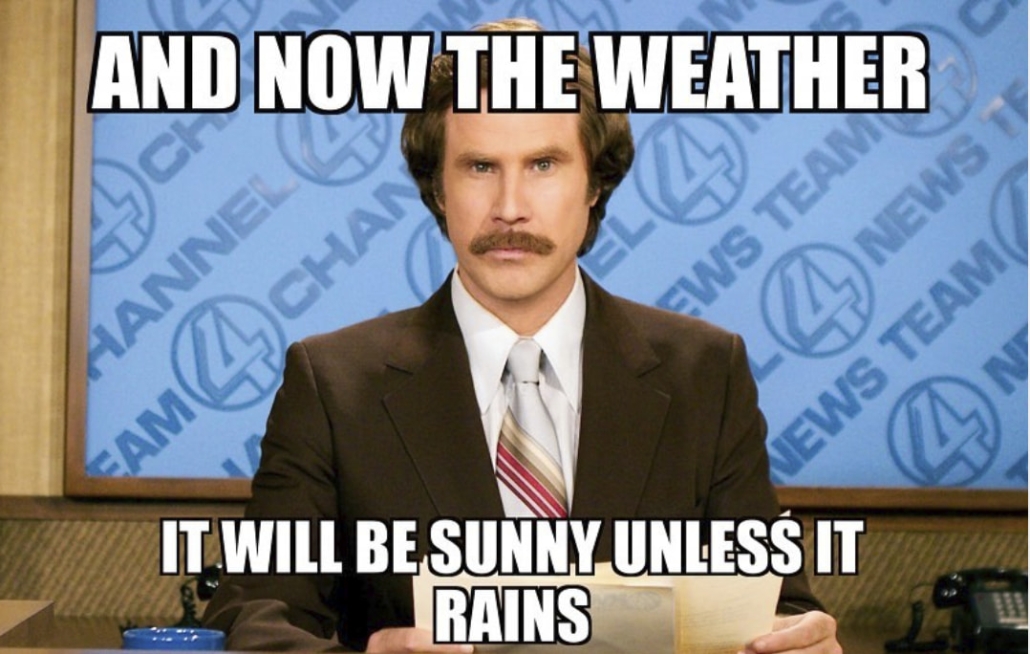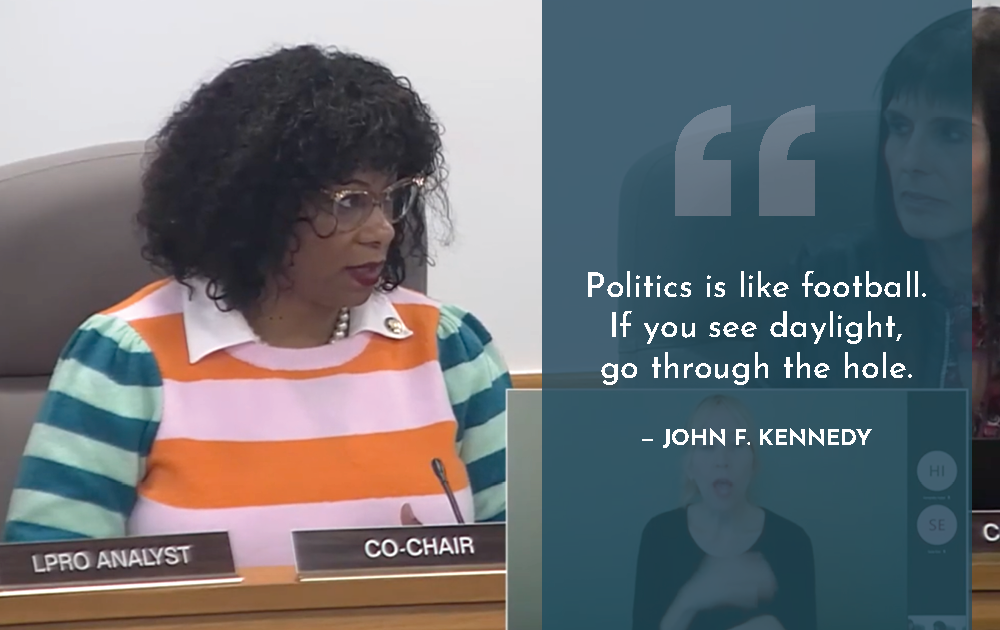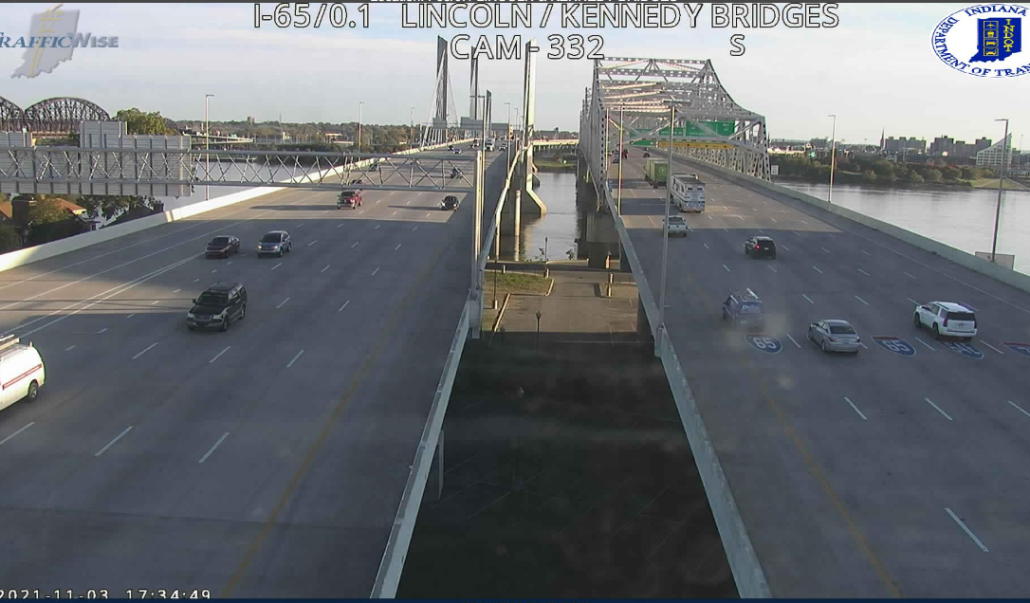Part One: It Tolls For Thee
Tolling. The very utterance of the word can amp up blood pressure, twitch yer fingers, and blur yer vision. Around these parts, it’s been known to right down cause a man to lose the wits about him.
Jesse Boone, the great-grandson of pioneer legend Daniel Boone, knew about tolls. He and that there family of his operated the Boone Ferry in Wilsonville, Ore., for a mighty long time. You had to pony up to get your wagon and stock over that Willamette River back then. Lot of folks thought he charged too much for them tolls. Poor Jesse. In 1872, a neighbor shot him dead right there by the river. Seems that tollin’ just to shu your sheep around was a little too much for some folk. I reckon that is why we haven’t seen any tolls in this neck of the woods ever since.
Now I hear folks are making quite a ruckus again, back at that same Boone Bridge and everywhere else in the territory. A group of boys from a place called ODOT are in town aiming to start that tollin’ stuff all o’er again. Don’t know how all this is gonna turn out, but I know one thing, if folk up there care about this, it’s no time to be part of a herd of sheep.
_____________________________________________________________________________
The Oregon Department of Transportation (ODOT) is set to begin tolling bridges in the South Metro area next year and then install additional per-mile tolls all along I-5 and I-205. That adds up to about 40 or more tolls motorists will face when they utilize the not-so-freeways in the Portland area.
ODOT says the plan is designed to meet a legislative mandate to reduce traffic congestion on Portland area freeways. They appear to have adopted a winning strategy. Lining I-5 and I-205 with toll booths could transform the freeways from congested to deserted as commuters head to the 40-plus offramps along the freeways to squeeze the congestion to local arterials, neighborhoods, and school zones. This is especially ironic considering ODOT recently approved millions to address Safe Routes to Schools to potentially make them less safe than ever before.
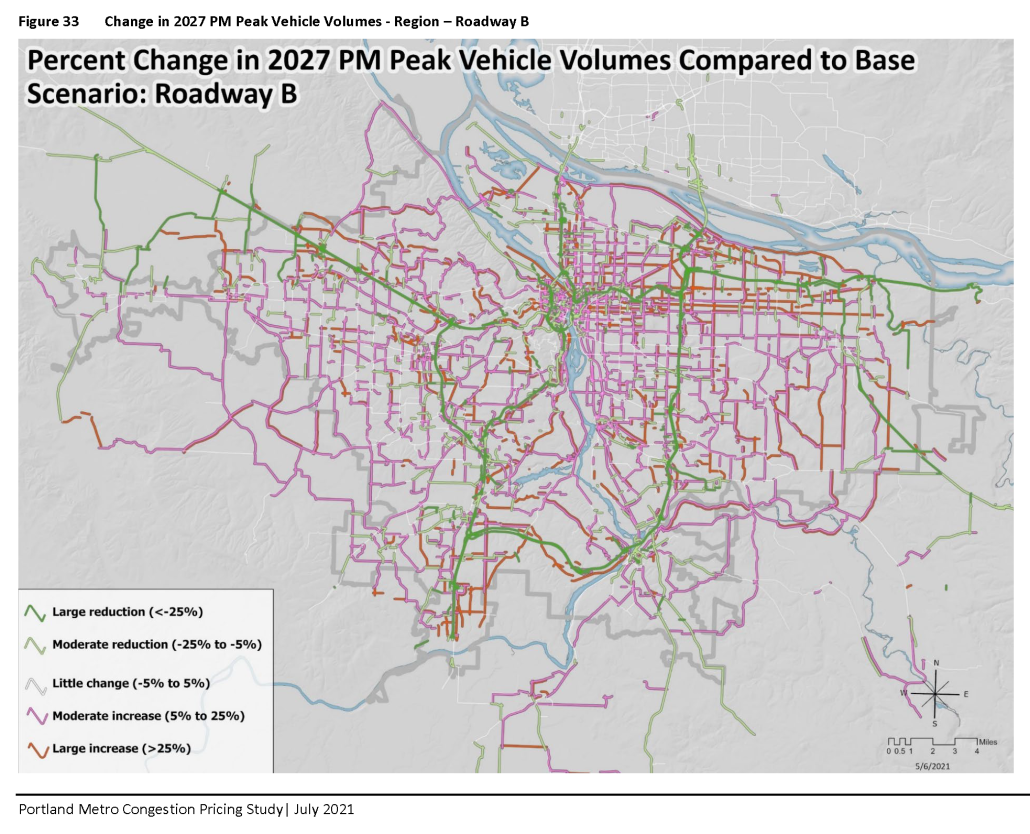
A study by Metro just two years ago predicted an average of 25% or more congestion in neighborhoods across the region. The pink and orange lines represent that congestion. The attendant safety, pollution, and livability concerns that will arise from squeezing Portland freeway congestion into neighborhoods have residents up in arms. Websites have sprung up to try and strategize how to stop the ODOT Express before it is too late to apply the brake.
ODOT also wants to raise revenues to use for future mega-transportation projects. It is a perilous endeavor as tolling revenues have proven volatile nationwide, especially where alternative routes are readily available, as in Portland. Already facing a financial crunch due to declining gas tax revenues resulting from more efficient cars and migration to electric vehicles, ODOT plans to issue 30-year bonds backed by tolls that may not meet expectations for revenue to pay for projects that increasingly exceed expectations by 200 to 300% more than the initial estimated in cost of delivery. It is a recipe to destabilize the agency’s budget and have it fall on the Legislature’s and taxpayers’ mercy to bail it out. A decrease in inflows and an increase in outflows sounds like the epitaph of Silicon Valley Bank.
Only three years after Washington built the SR99 toll road in Seattle, it is performing well under expectations to meet its debt obligations. The State Treasurer recently announced that in the years to come, the SR99 deficit will approach a quarter of a billion dollars requiring a taxpayer bailout if the State wants (and must) keep its’ bond rating intact.
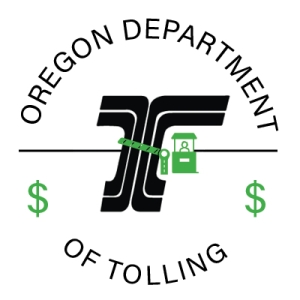 ODOT might need to rename itself the “Oregon Department of Tolling” rather than Transportation.
ODOT might need to rename itself the “Oregon Department of Tolling” rather than Transportation.
Of course, we are talking engineers, accountants, and planners here, not political visionaries. That is expected, but Agency leadership should have calculated things with a more astute pencil and recognized the adverse reaction they would generate. When the Legislature authorized tolling, they may very well have thought that meant ODOT would put up two or three toll areas, evaluate the results over eighteen months for revenue measurements versus expectations, evaluate road diversion and issues associated with the diversion to calibrate future installations better, and win public support with the results. Instead of a couple of scouting crews, they launched an entire battalion, catching most legislators off-guard. They did not truly understand that ODOT’s definition of Congestion Pricing was taking the whole system hostage with a full-out assault. As a cake-topper, the planned tolls on I-205 by the Abernethy Bridge and the Tualatin Bridge are set to light up and cash out drivers in the Fall of next year—right before the General Election.
Louisville, Ky., went all-out on tolling when it decided that a congested bridge over the Ohio River with six lanes would be solved by spending more than a billion dollars on six more lanes and paying for it with tolls. Despite charging only $1 to $2 to get people to use it, the bridge has become a deserted stretch of concrete most of the time. The picture below was taken just after 5 p.m. on a typical weekday.
Instead of a congested bridge, they have a mile-long bowling alley. Even a dollar a day has not brought them all back. The idea of congestion pricing is to reduce vehicles on freeways, not eliminate them by diverting them to other crossings weaving through neighborhoods along the way.
By going all in all the time, ODOT is threatening its financial stability and the ability to perform essential maintenance functions.
Trying to do it much too fast can cause serious problems. Too bad Jesse Boone was not around to advise them. What’s that saying? “Those who don’t study history are bound…
Part Two: There’s Still Time to Take the Off-Ramp
Reducing Congestion and Funding Construction Can’t Be Achieved With Tolling
Full disclosure: The Oregon Department of Transportation (ODOT) is not to blame for all its fiscal problems. The legislature is primarily responsible as the dealer that got the agency addicted to bonded indebtedness. As chairman of the Senate Transportation Committee for almost a decade and co-author of the OTIA and JTA legislation of the 2000s, I own a share of the responsibility.
Before 2001, ODOT operated as a pay-as-you-go agency. Indebtedness was very limited.
In 2009, Vice-Chair Sen. Bruce Starr (R-Hillsboro) and I created the massive Jobs & Transportation Act to put people back to work after the Great Recession of 2008. We enacted revenue increases to pay debt service for important projects. Those revenues matched the estimated costs as provided by the department. Unfortunately, those estimates proved to be not just rosy but wildly unrealistic.
In some cases, the final cost to completion came to 200% or more above original estimates, and the revenue raised could only partially support the final tab. ODOT dipped into money needed for maintenance, preservation, and other needs, along with federal grants and local government support to keep the projects online. Some, like the final stages of the Newberg-Dundee Bypass, are still not completed. ODOT’s debt is approaching 30% of its existing yet declining revenues.
As the chairman, my committee at the time relied on ODOT estimates without applying the scrutiny those estimates deserved. Today, current project cost estimates for the Abernethy Bridge, Rose Quarter, and I-5 Bridge replacement are already 200-300% above the original estimate and are likely to balloon even higher. I hope that this Legislature will learn from that history and not embark on policies that risk the financial stability of ODOT while meeting, in a measured and thoughtful way, the many transportation needs of this state.
_____________________________________________________________________________
When the Oregon Legislature authorized tolling in a section buried deeply in the catacombs of a huge transportation package bill (HB 2017 Section 120) late in the 2017 session, there was virtually no debate between committee members. There was barely even an acknowledgment of the provision’s existence during the seven meeting dates the bill was heard. There were, however, almost 12 hours of praise heaped upon the many excellent provisions in the bill, from transit and pedestrian enhancements to money for ports and local governments. Amens were all that could be heard echoing off the hearing room walls.
Perhaps it was the crafty code that was used. The provision created the “Congestion Relief Fund.” Who would question congestion relief? Everyone needs a dose of NyQuil on occasion. The fact is, it authorized tolls and the money was directed to the fund solely to provide congestion relief. Such tolling can be done in moderation and at a low cost to motorists while still achieving the desired results.
Having achieved the legislative authorization needed to toll Oregon highways, ODOT returned in 2021 and quietly and unassumingly swapped out the artwork. Again, near the end of a bill the size of a James Michener novel, ODOT added “technical changes” that, in reality, repealed the “Congestion Relief Fund” (SECTION 139. (1) The Congestion Relief Fund, established under ORS 383.155, is abolished.) and replaced it with the “Toll Program Fund.” The change was a substantive one. The one and only purpose of the fund was no longer to reduce congestion. Language saying the fund was to ‘reduce traffic congestion’ was deleted in Section 146 and replaced with ‘managing’ congestion. That’s like changing goals from “reducing homelessness” to “managing homelessness.”
ODOT then added as a primary purpose: (b) Partially or wholly funding the construction, operation, or maintenance of a highway sec 146.
1000 Friends of Oregon picked up the change and testified that the language should be returned to “congestion relief” and not as a funding source for more mega projects. The plea was not answered.
The two mandates of reducing congestion while maximizing revenue conflict with each other. Reducing congestion means efforts to keep people off the freeway during peak hours. Raising revenue relies on getting as many cars as possible to take the freeway in peak hours to collect tolls.
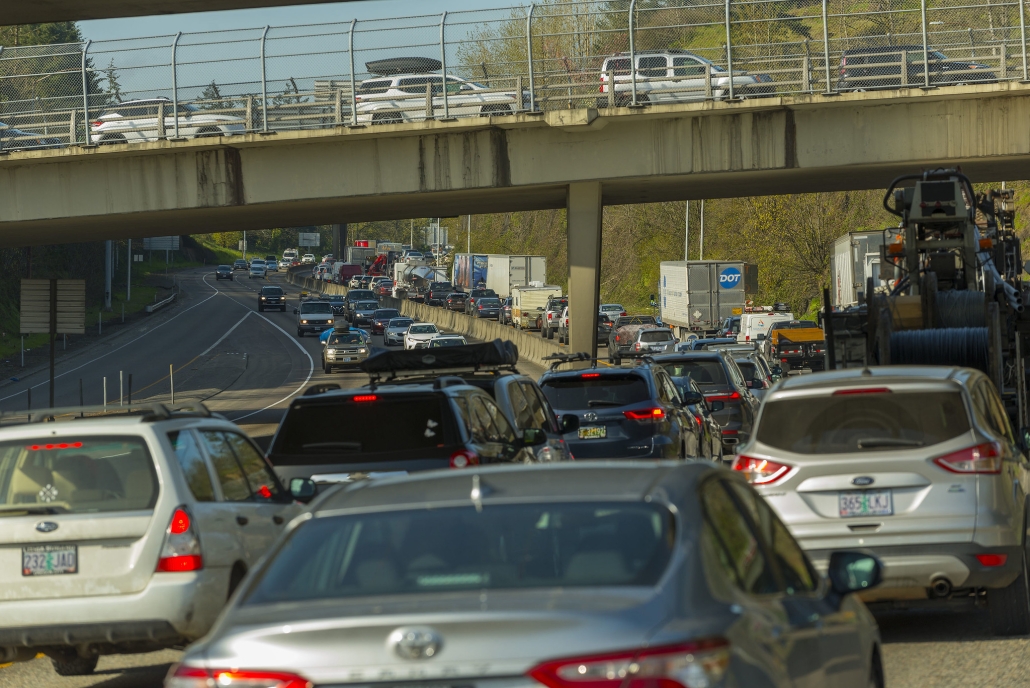
But there is a solution that addresses congestion without sending drivers to the local payday lender – altering the legislation to design a Hybrid Cordon pricing plan for the region. This would include:
- Putting a single toll area on the four major highways, including Highway 26 west towards Hillsboro, I-84 east towards Gresham, and I-5 and I-205.
- The toll would only be operational during established peak hours of 5-10 a.m. and 3-7 p.m.
- Motorists can travel in the zone for free 16 hours a day.
- Once a single toll is collected on any freeway, it negates all other toll zone impositions during that day.
Considering that 140,000 people a day travel into Portland from Vancouver, 100,000 more come from the south, and 230,000 drivers enter the zone from the combination of I-84 and HWY 26, just a 10% traffic reduction during peak hours could reduce congestion by up to 30%. There would be far fewer diversions or neighborhood impacts because of the zoned toll, but fewer than there would be under the current plan to charge a toll for every mile driven on I-5 and I-205.
ODOT could be restricted from using toll revenues as support for bonds and instead dedicate the money to maintenance and preservation. The agency testified last week that this is the area that their fiscal distress has most impacted. Bonding for new and rebuilt infrastructure can use existing revenue sources and ramp up the agency’s lobbying effort in Washington, D.C., to acquire some of the additional $43 billion in transportation grant money available for state projects.
Rather than operating in silos, imagine if the Oregon and Washington delegations joined together for a Northwest Transportation Infrastructure Initiative and used their collective political clout to secure a nice piece of that $43 billion for the plan as one applicant.
As for the immediate issue of how to pay for the construction of the Abernethy Bridge that is already underway through using a credit card? A simple two-cent increase in the gas tax ($32 million annually), entirely dedicated to Abernethy Bridge debt service, would solve that issue. At the same time, projects like adding lanes to I-205 at Tualatin and updating the Boone Bridge can be put in the back pocket until the Legislature weighs in on a long-term funding strategy for the agency.
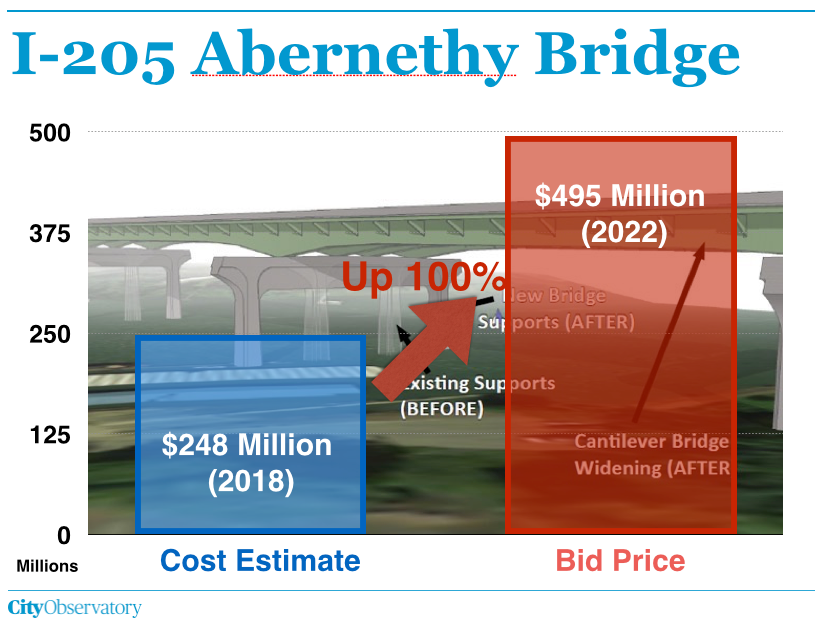
ODOT should also get aggressive about developing a long-term funding plan (VMT, Electricity surcharges, state transportation tax, etc.) for consideration by the Legislature to replace the slowly dying gas tax.
A better way is right before us. Oregon must take the off-ramp from the current plan of tolling every mile, return focus to the original core issue of reducing congestion, and develop and implement a long-term strategy to fund the transportation needs of this state, as called for by Gov. Tina Kotek. If not, we face the genuine threat that a citizen initiative already in the works will constitutionally all but take the tolling option away from policymakers to use for any purpose, including replacing the interstate bridge.
Leaders today must ask themselves, “Do we take a proactive step towards solving congestion surgically or stay back in the shadows and deal with the aftermath of inaction that is sure to come if the plan is not altered now?”
 Oregon’s kicker law is a quirky constitutional requirement requiring that if total revenue received by the general fund is more than 2% of the original forecast, all monies above the forecast are returned to taxpayers. The state economist is thus viewed as either the grim reaper for potential programs and services or Robin Hood, extracting the riches from the royals in the marbled palace and distributing them to the humble servants across the land.
Oregon’s kicker law is a quirky constitutional requirement requiring that if total revenue received by the general fund is more than 2% of the original forecast, all monies above the forecast are returned to taxpayers. The state economist is thus viewed as either the grim reaper for potential programs and services or Robin Hood, extracting the riches from the royals in the marbled palace and distributing them to the humble servants across the land.
